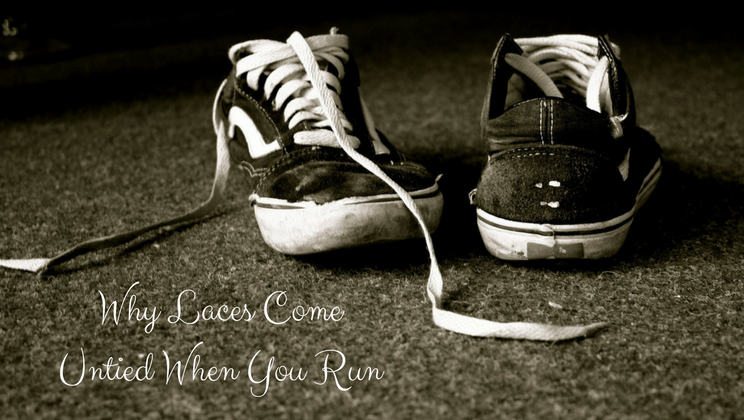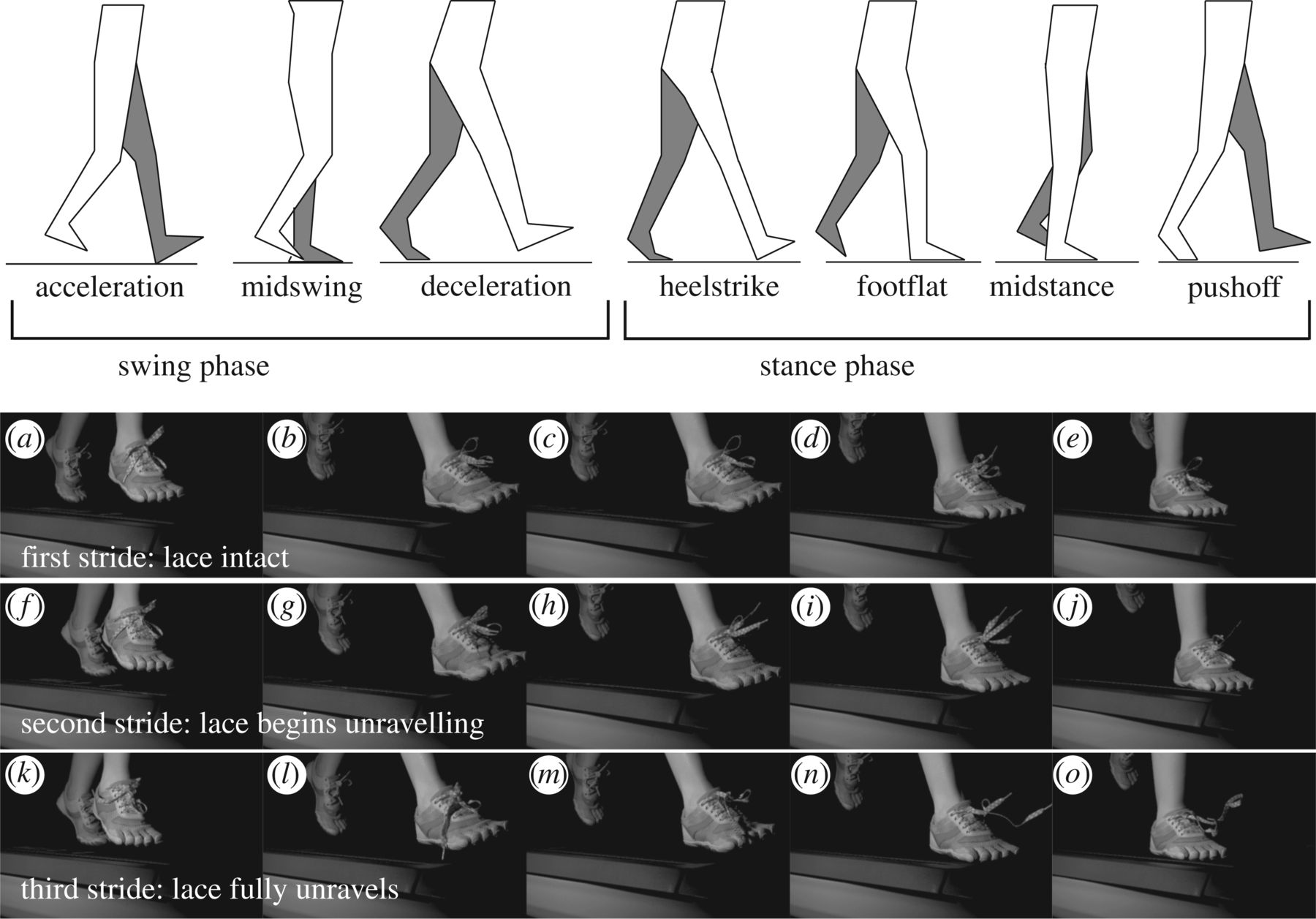
Unraveled shoelaces are the bane of people worldwide. The pesky knots magically appear to come apart at the most inconvenient times – in the final sprint of a long run or just before a crucial point in a game. However, while there has been a lot of research conducted on the durability of the various types of knots, nobody has ever investigated the fundamental question – why do laces come undone? Now, thanks to a team of researchers at the University of California, Berkeley, there is finally a scientific explanation to this knotty problem which affects both young and old.
Team leader Oliver O'Reilly began to ponder the problem three years ago while teaching his young daughter how to prevent her shoelaces from constantly coming undone. However, while he found many online resources on tying them, there was no relevant information on why laces have a tendency to unravel. Determined to get to the bottom of the spontaneous unknotting, the professor of mechanical engineering recruited graduate students Christopher Daily-Diamond and Christine Gregg to help investigate the common phenomenon.

It was no easy task. The study required over 100 hours of testing various ways that could loosen the knot. “We looked like crazy academics because we were just walking the halls of Berkeley, watching our shoelaces come untied,” says Gregg. The avid runner also jogged on a treadmill, allowing her colleagues to film her shoes in slow motion so they could capture detailed images of the shoe laces loosening, and, eventually, coming completely undone.
The results of the research, published in the journal Proceedings Of The Royal Society A in April 2017, reveals the invisible forces that help untie laces during an activity. According to the engineers, when you run or walk, your foot hits the ground with a significant force. This impact makes the knots in your laces to stretch and loosen. The laces’ free ends swing as the leg moves upwards, causes them to slip further. This combined action eventually leads to the untangling of even the tightest of knots.
Gregg says, “Some laces might be better than others for tying knots, but the fundamental mechanics causing them to fail is the same, we believe. The interesting thing about this mechanism is that your laces can be fine for a really long time, and it's not until you get one little bit of motion to cause loosening that starts this avalanche effect leading to knot failure."

Wondering why your bike shoes never have this problem? That, according to the study, is because both acceleration and whipping need to happen at the same time. The team tested this by sitting at a table and swinging their leg for half an hour, and then stomping on the ground for the same period of time. The shoelaces remained firmly tied each time!
While the study finally solved a burning societal mystery, its implications go beyond that. According to Daily-Diamond, “When you talk about knotted structures, if you can start to understand the shoelace, then you can apply it to other things, like DNA or microstructures, which fail under dynamic forces. This is the first step toward understanding why certain knots are better than others, which no one has really done." Who knew solving the mystery of loosening shoelaces could some day lead to significant scientific discoveries!
Resources: CNN.com, newscientist.com, royalsocietypublishing.org